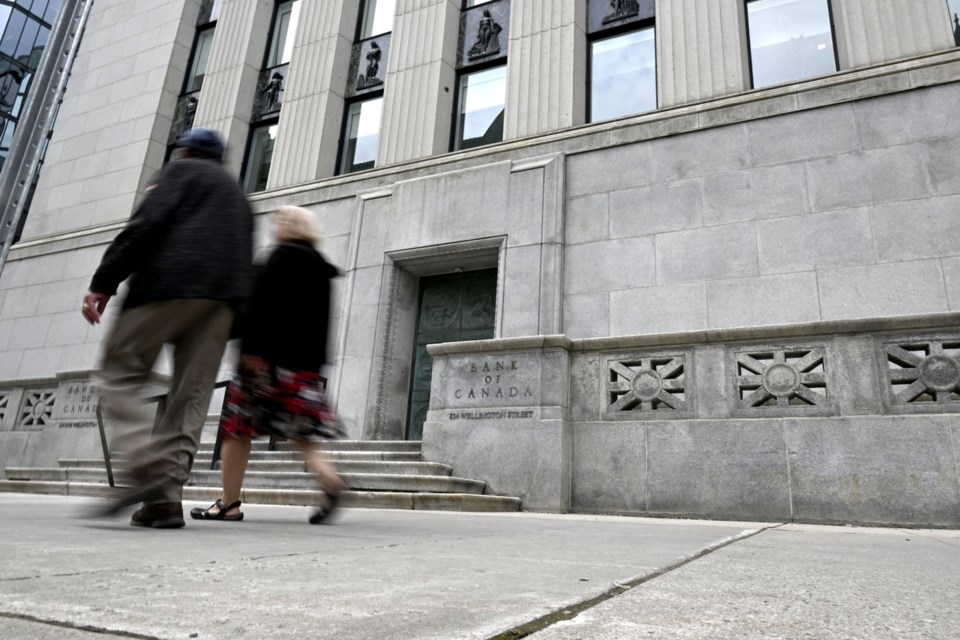OTTAWA — The Bank of saąúĽĘ´«Ă˝ has named three experts that will assess its internal review of the central bank's policy response to the COVID-19 pandemic.
The experts are Pablo Hernández de Cos, former governor of the Bank of Spain, Kristin J. Forbes, a former member of the Bank of England's monetary policy committee and Trevor Tombe, an economics professor at the University of Calgary.
In a statement, governor Tiff Macklem said it is "critically important" for the Bank of saąúĽĘ´«Ă˝ to learn from its experience during the pandemic and the immediate aftermath to "sharpen (its) response to the next crisis."
"The diverse perspectives of these experts will help us draw the right lessons from this unprecedented crisis. This is critical to ensuring the bank delivers the best policy for Canadians, whatever lies ahead," he said.
Bank of saąúĽĘ´«Ă˝ deputy governor Sharon Kozicki announced in June that the central bank would undertake a review aimed at laying out lessons learned from the bank's actions.
In March 2020, the Bank of saąúĽĘ´«Ă˝ cut its key interest rate to near-zero in response to the economic shutdown caused by the COVID-19 pandemic and signalled that rates would stay exceptionally low for a long time.
It also launched its first quantitative easing program, which involved buying government bonds to drive interest rates even lower.
Two years after the onset of the pandemic, the Bank of saąúĽĘ´«Ă˝ began raising interest rates in March 2022 to combat rising inflation, and began quantitative tightening the month after that.
The bank says the internal review and external assessment will be published toward the end of the year.
The central bank's policy actions at the start of the pandemic and in the face of rising inflation have received both praise and criticism from policy experts and politicians.
Many economists say the Bank of saąúĽĘ´«Ă˝'s swift response in March 2020 allowed the Canadian economy to avoid an even deeper recession.
Meanwhile, others have criticized its quantitative easing program as well as its aggressive hiking campaign in response to rising inflation.
Conservative Leader Pierre Poilievre has harshly criticized the Bank of saąúĽĘ´«Ă˝ for its response to the COVID-19 pandemic, accusing it of bankrolling the federal government's spending by buying up bonds, thereby fuelling inflation.
Poilievre has vowed that as prime minister, he would fire Macklem over the Bank of saąúĽĘ´«Ă˝'s actions.
This report by The Canadian Press was first published Aug. 8, 2024.
Nojoud Al Mallees, The Canadian Press



